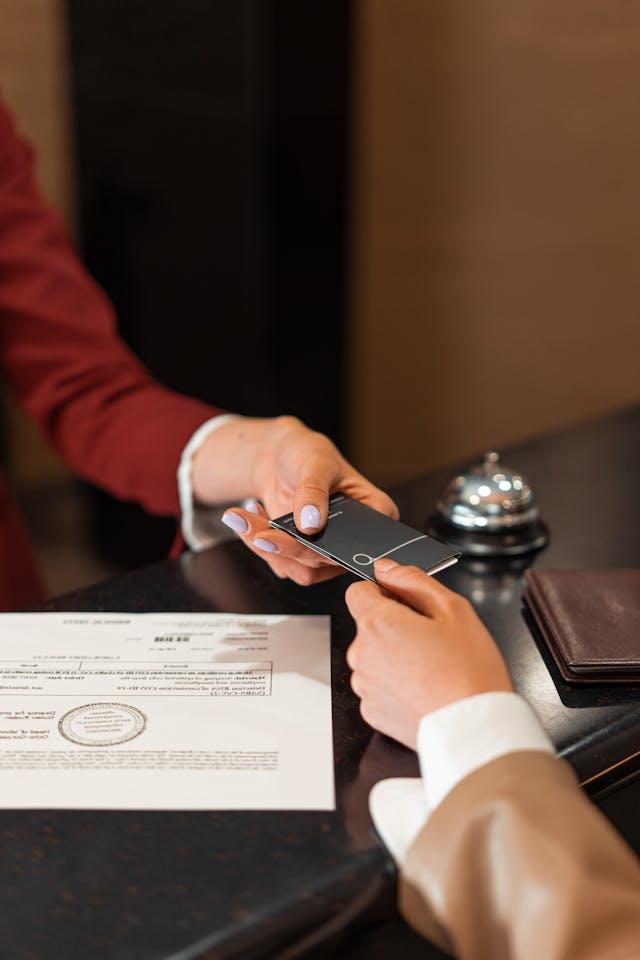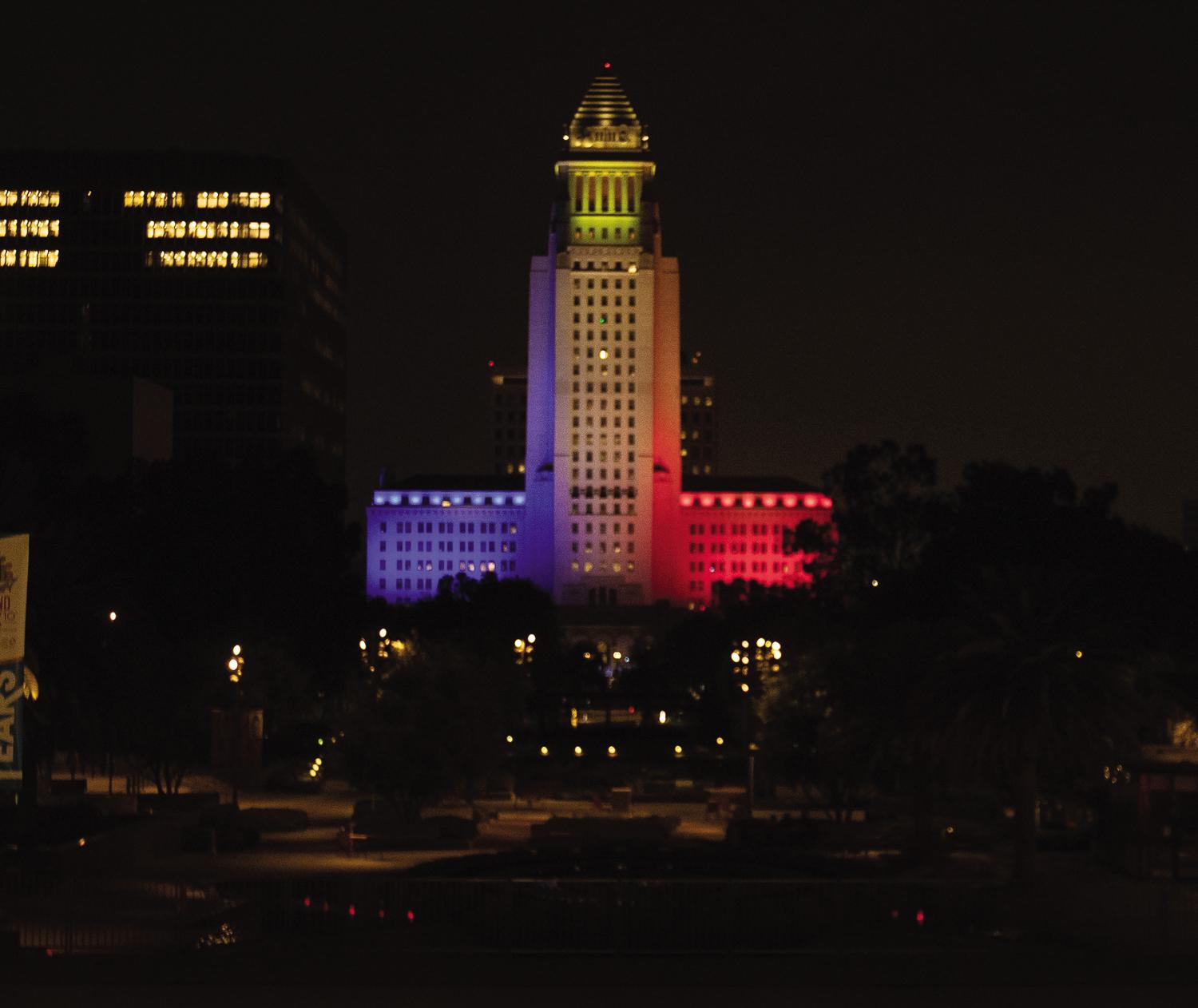
AS part of the month-long celebration of Filipino-American History Month this October, the iconic Los Angeles City Hall building was bathed in the colors of the Philippine flag in the early evening of 20 October. City officials, Philippine Consulate representatives, and Fil-ams representing local government, businesses and community organizations gathered at the City Hall grounds to witness the momentous occasion.
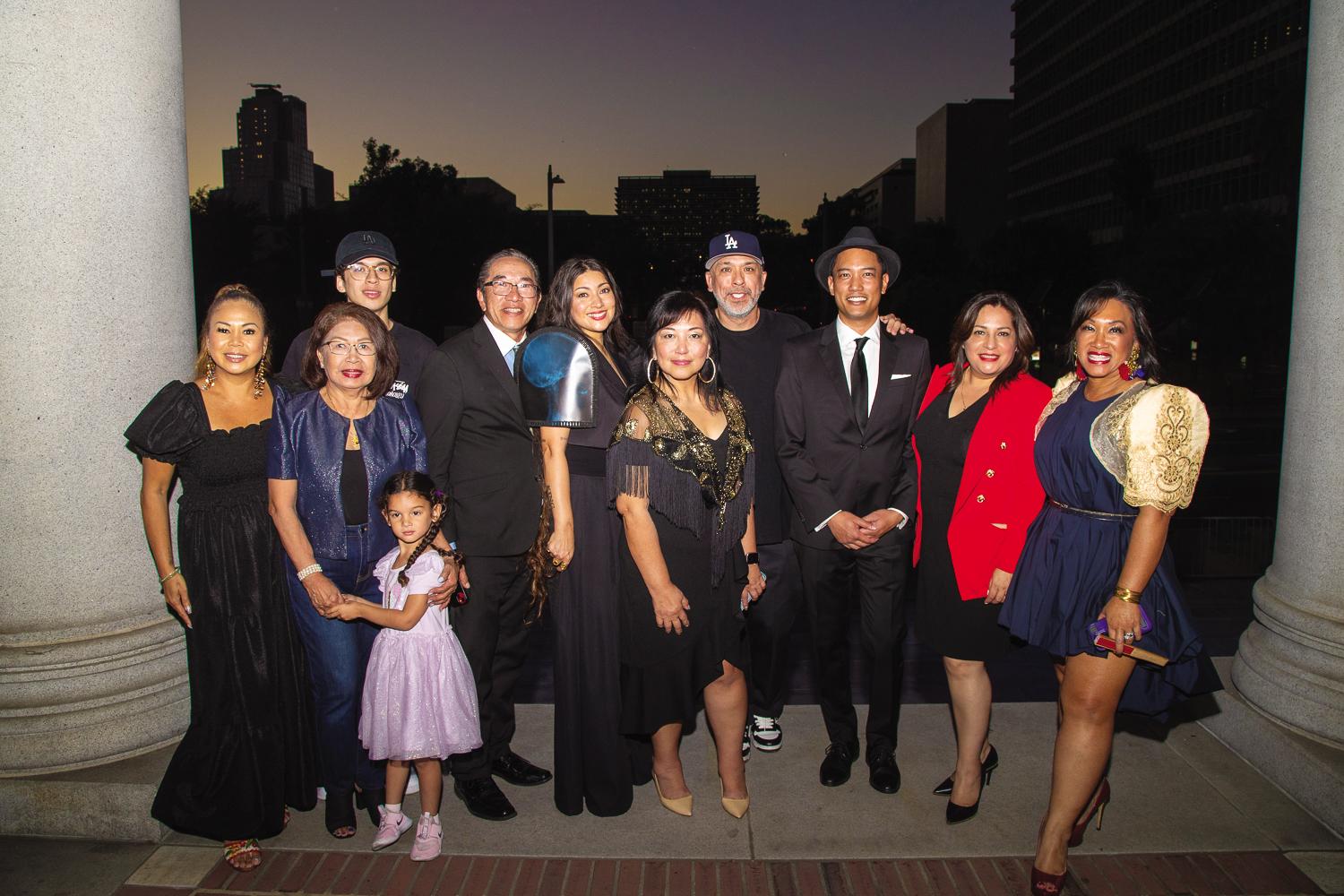
Although October was first officially declared as Philippine American History Month in 2009 by virtue of a resolution introduced in the California State Assembly by former State Senator Leland Yee, it was only in 2019 when lighting of the city hall in Philippine colors began with then Eric Garcetti as mayor and through the pioneering efforts of Ms. Jessica Caloza, a Fil-Am and former LA Commissioner of the Board of Public Works. Every year since then, the City Hall lighting ceremony has become a much-awaited occasion by the Filipino diaspora in Southern California and beyond.
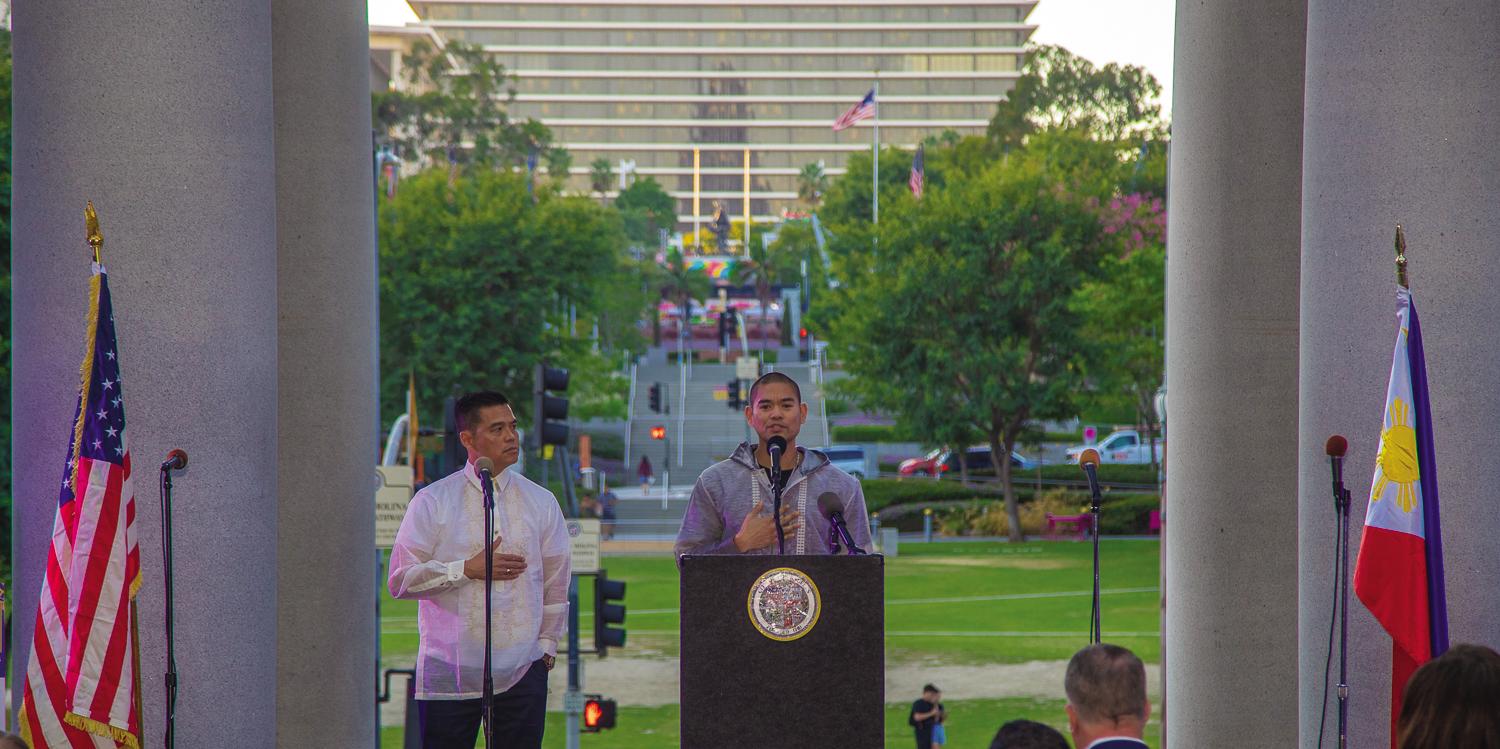
Completed in 1928, Los Angeles’s City Hall has a total of 32 floors. At 454 feet (138 m) high, it is the tallest base-isolated structure in the world. It has a neoclassical base with an Art Deco tower. In 1976, it was designated a Los Angeles Historic-Cultural Monument. Just as the structure is a historic landmark in Los Angeles, lighting it in the colors of the Philippine flag is also of historic proportions. I say this because to me, this act rightfully shines light on the hard-fought and well-deserved recognition of the Filipino immigrant community as a full-pledged member of the city’s social, familial, political, and economic landscape.
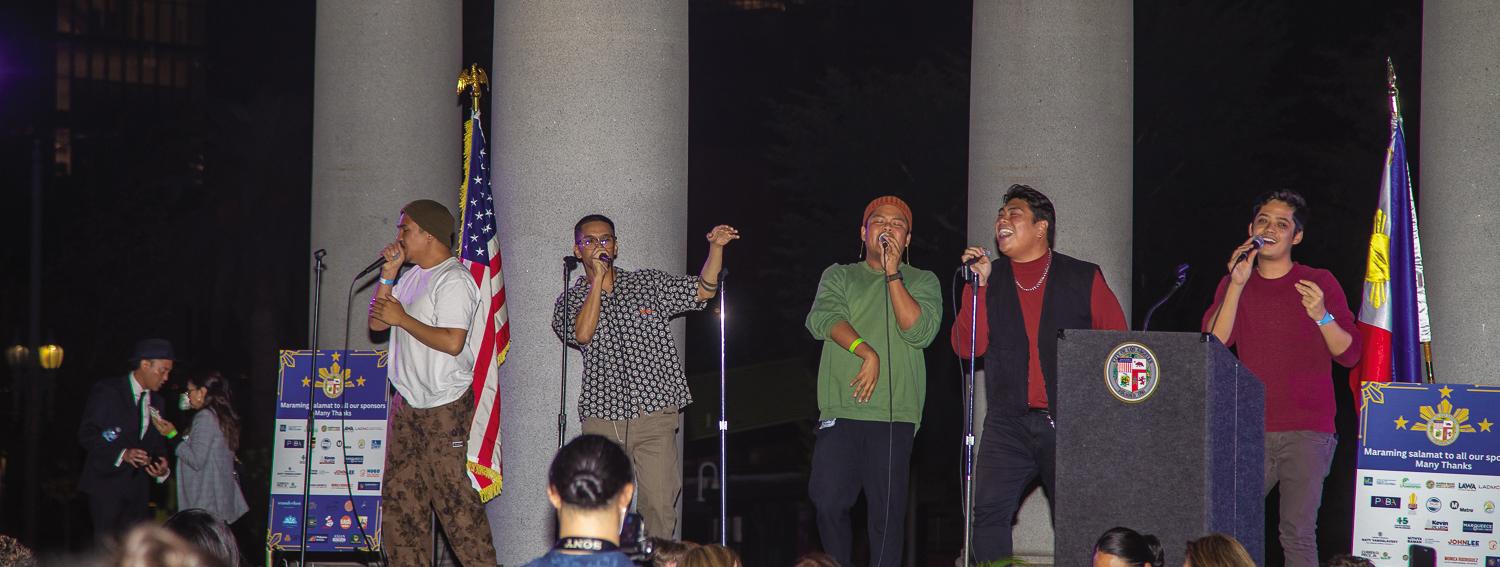
Indeed, from the first documented landing of a handful of Filipinos in what is now Morro Bay in San Louis Obispo, California in 1587 as crew members of a Spanish galleon en route from Manila to Mexico, to the sprinkling of Filipino immigrants in the early 1900s, Filipinos today comprise one of the largest Asian groups in the entire state of California and third largest in Los Angeles behind the Chinese and Indians. And Filipinos have made their presence felt not only through the sheer size of their community, but also by being generally successful at integrating themselves in all aspects of American life. Whether it be in the arts, media, and entertainment industry, trade or business, or in the political arena, the Filipino community has made inroads and made a difference well beyond the ordinary. California’s incumbent Attorney General is Rob Bonta, the first Filipino-American to hold that position. The city’s “chief accountant and paymaster” is Kenneth Mejia. He is the first Filipino elected official of the City of LA, and the first Asian American to be elected to the position of City Controller. The Commissioner of the Board of Public Works of Los Angeles, Ms Susana de Los Reyes, and the Executive Director and General Manager of the City of Los Angeles Bureau of Street Lighting, Mr Miguel Sangalang, are both of Filipino descent. APL.D.APP., Olivia Rodrigo, Bruno Mars, Jokoy, and Cher Calvin of KTLA 5 News have become household names in America’s music, entertainment, and media industry. In business, several Fil-ams have made it to the big league, including the stylish Mrs. Priscilla Dulay Hunt, president and CEO of a multi-million dollar residential and commercial real estate leasing company; business-savvy Mr. and Mrs. Rupert and Grace Mercado-Ouano, owners and proprietors of three (3) skilled nursing and rehabilitation centers in Northern and Southern California; socialite couple Dr. Edwin and Lani Raquel whose other claim to fame is as owners of a magnificent estate in a gated community in Los Angeles that was once the home of the late “America’s Sweetheart,” Mary Pickford; and Fil-am power couple Roger and Cora Oriel, owner and publishers of “Asian Journal,” the largest Filipino-American printed newspaper in Southern California with branches in San Francisco, San Diego, New York, and Las Vegas. Recently, the Oriels ventured into the wine industry. If they are not attending to their newspaper business, they are busy developing Philippine distribution networks for their Napa Valley-produced Monte Maria wines.
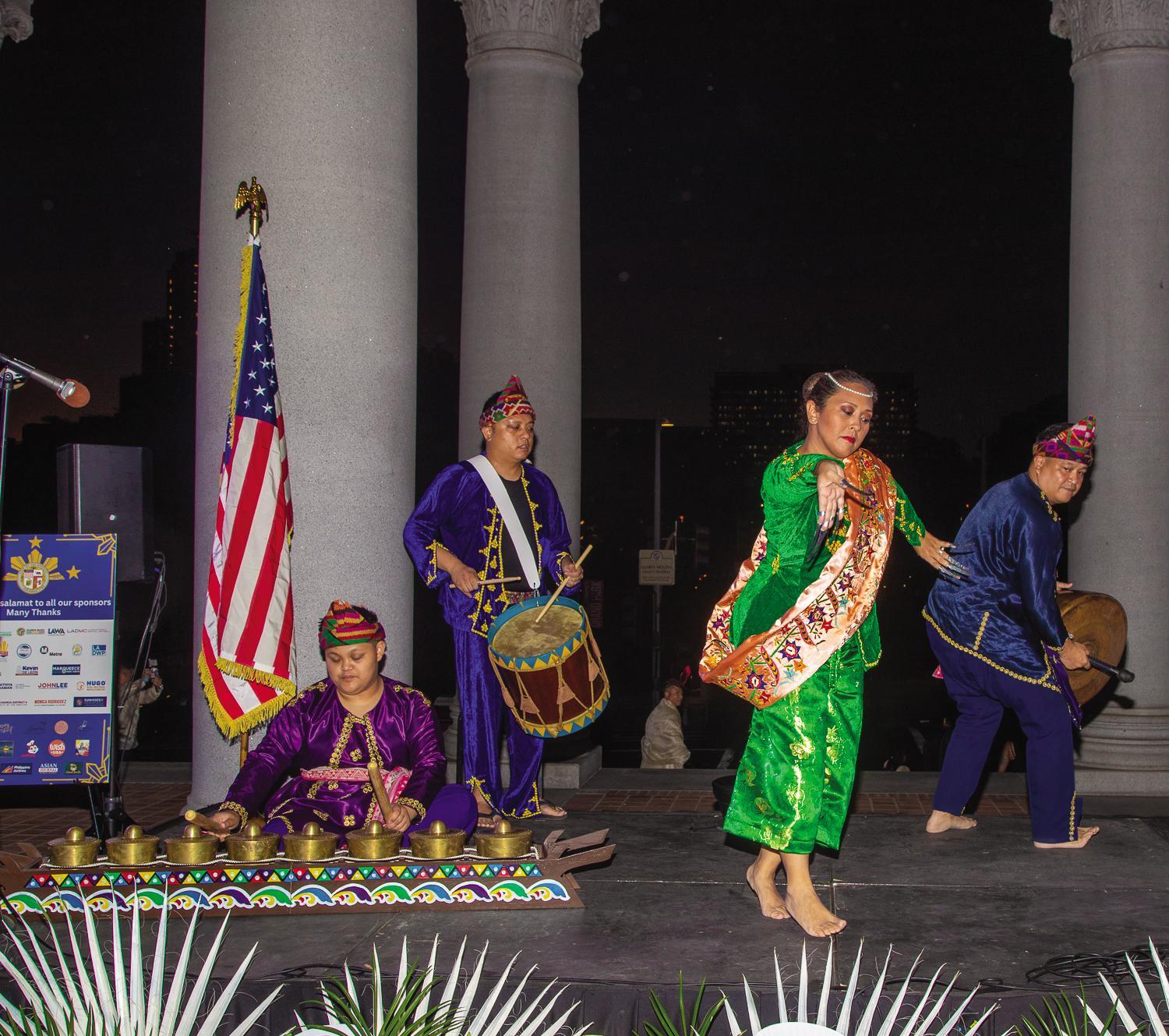
But the journey of the Filipino immigrant has not always been easy. It is well-documented that there were many road bumps along the way, including specifically, racial prejudice. Many a time, these road bumps challenged the world-renowned patience and tenacity of the Filipino immigrant in the face of adversity. On many occasions, the road bumps forced the Filipino immigrant to wonder whether America is truly a land of opportunity where the right to life, liberty and the pursuit of happiness is guaranteed to everyone regardless of race, sex, creed, or political belief, or just an imagined reality where nativism and xenophobia are the rule, making some groups feel like second-class citizens.
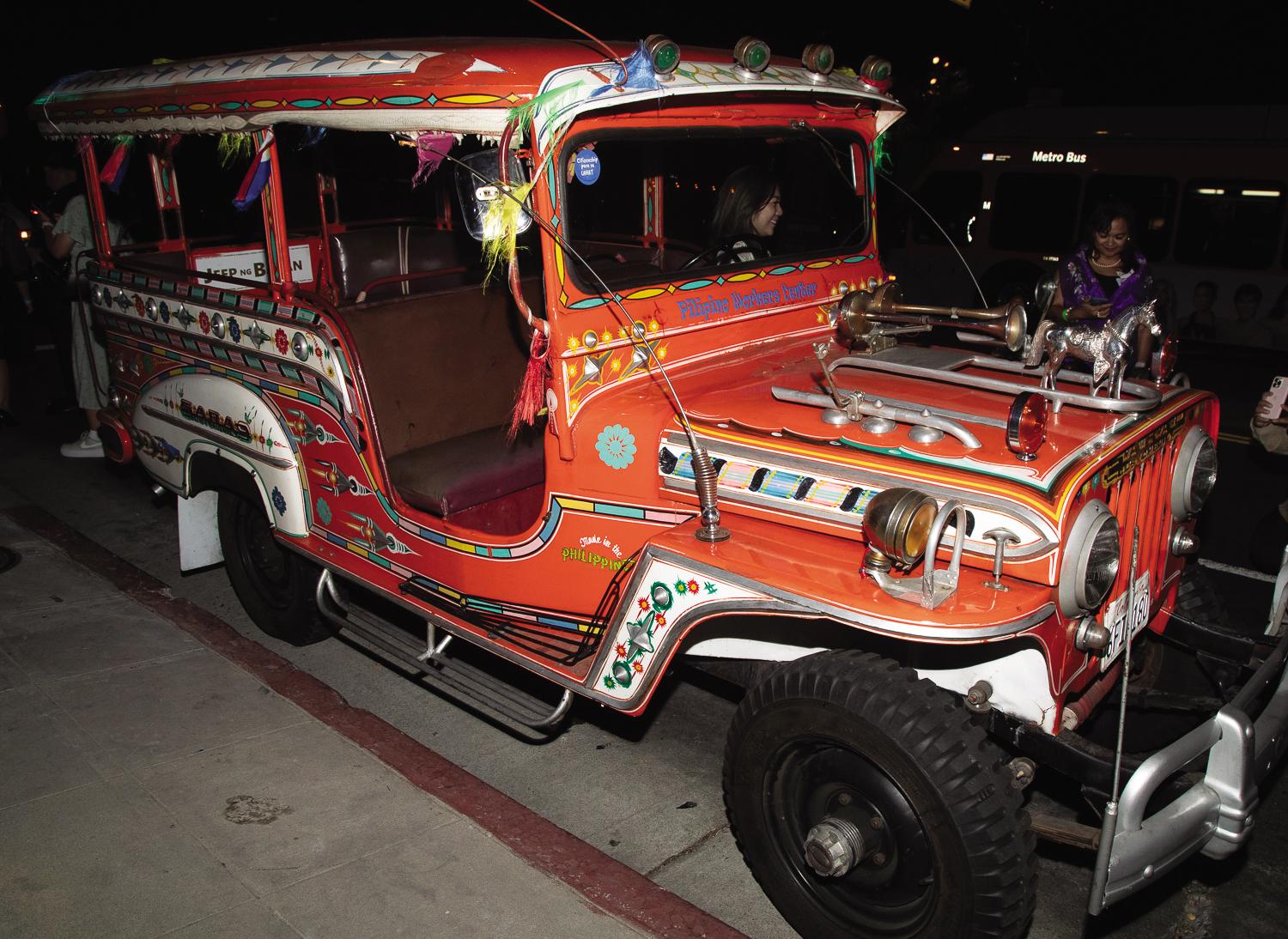
This month’s celebration of Filipino-American history, therefore, is a poignant reminder of not just the Filipino immigrant community’s triumphs and successes through the years, but also of the many trials it faced and hurdled along the way. For it is not so much the triumphs that built and defined, and will continue to shape, the character of the Filipino immigrant community as did the trials. As for the lighting ceremony, it is a dramatic reminder to Angelenos, if not all the peoples of the United States, that the Filipino immigrant community is now as much an integral part of mainstream America as any other American or immigrant community on the street. No amount of racial prejudice, in any form or style, can change or erase that.
Mabuhay ang Filipino sa Amerika!
* * *
Mr. Edgar Badajos is a career Philippine Foreign Officer. He is presently serving as Consul General at the Philippine Consulate General in Los Angeles.



